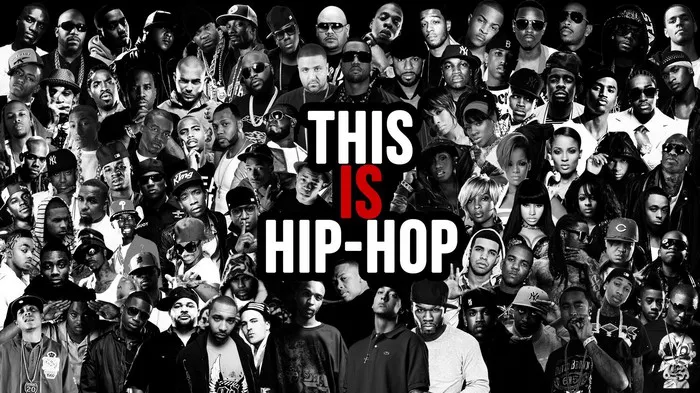Distinguishing the Dynamic Duo: Understanding the Essence of Hip-Hop and Rap
In the world of music and culture, labels often define the boundaries of genres and movements, but sometimes these labels can blur, creating a fascinating interplay of terms and meanings. Such is the case with hip-hop and rap, two concepts that are frequently interchanged but possess distinct identities. While they share a close relationship, understanding the nuances between hip-hop and rap reveals the multifaceted nature of a cultural phenomenon that has captured the hearts of millions.
The Art of Verbal Expression: Defining Rap
Rap, at its core, is a musical form characterized by rhythmic and rhyming speech patterns. Artists express themselves through the art of rapping, using rhythm, flow, and wordplay to convey emotions, stories, and social commentary. Rappers often utilize poetic techniques to craft their lyrics, resulting in a lyrical cadence that distinguishes rap from other forms of music. The birth of rap can be traced back to the streets of New York City in the 1970s, where it emerged as a response to the social and cultural environment of the time.
A Cultural Tapestry: Embracing the Essence of Hip-Hop
While rap is a vital element within hip-hop, the term “hip-hop” encapsulates a broader cultural movement that extends beyond just the music. Hip-hop encompasses four main elements: rap (emceeing), DJing, breaking (dance), and graffiti art. This cultural phenomenon emerged as a response to the challenges faced by marginalized communities, offering a platform for artistic expression and a means of empowerment. Hip-hop became a powerful medium for individuals to convey their experiences, assert their identities, and challenge social norms.
Beyond the Beat: The Holistic Nature of Hip-Hop
What sets hip-hop apart from rap is its all-encompassing nature. It extends beyond musical boundaries to include dance, visual art, and social activism. DJs play a pivotal role in hip-hop, manipulating and remixing music to create unique sounds. Breaking, often referred to as breakdancing, is a dynamic dance form that emerged alongside hip-hop music. Graffiti art, characterized by its bold visual style, is another integral element of the culture, adorning urban landscapes with vibrant expressions. The essence of hip-hop lies in the synergy of these elements, creating a cultural mosaic that reflects the lives and aspirations of its participants.
Frequently Asked Questions About Hip-Hop and Rap
Q1: Can rap exist outside of hip-hop culture?
A1: Yes, rap can exist independently of hip-hop culture. While rap is an essential component of hip-hop, it can also be found in other musical contexts. However, rap’s roots and most influential expressions are deeply intertwined with hip-hop culture.
Q2: Is hip-hop limited to music and art forms?
A2: No, hip-hop extends beyond music and art forms. It is a cultural movement that encompasses music, dance, visual arts, fashion, language, and social activism. Hip-hop culture serves as a platform for individuals to voice their experiences and challenge societal norms.
Q3: How has hip-hop and rap influenced contemporary culture?
A3: Hip-hop and rap have left an indelible mark on contemporary culture. They have shaped popular music, fashion, language, and even politics. Hip-hop’s messages of empowerment, resilience, and social justice continue to resonate with diverse audiences around the world.
A Tapestry of Expression: Celebrating the Unity and Diversity of Hip-Hop and Rap
The relationship between hip-hop and rap showcases the beauty of cultural evolution and creative expression. While rap is the lyrical heartbeat of hip-hop, the latter encompasses a broader tapestry of artistic elements, reflecting the stories and struggles of communities that have historically been marginalized. From the rhythms of rapping to the moves of breaking and the vibrancy of graffiti, hip-hop serves as a testament to the power of artistic voices coming together to shape a movement that transcends music. By delving into the distinctions between hip-hop and rap, we open a window into a world of creativity, resilience, and unity, reminding us of the transformative potential that lies within cultural exploration and collaboration.

